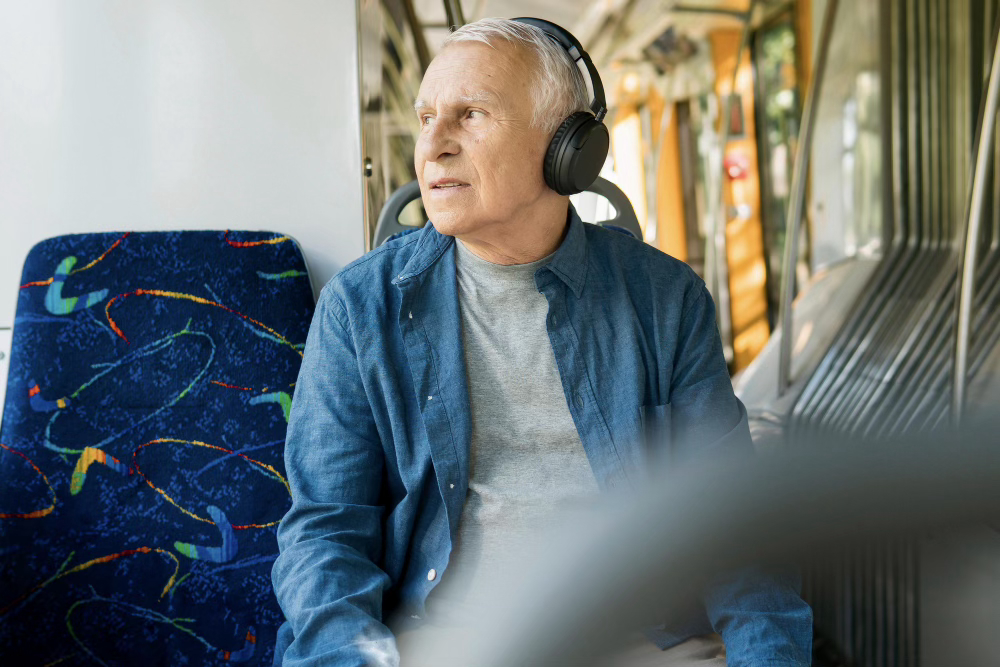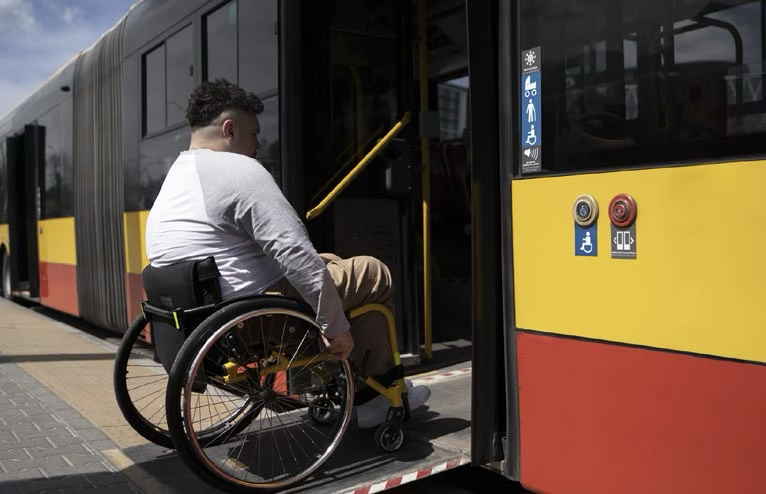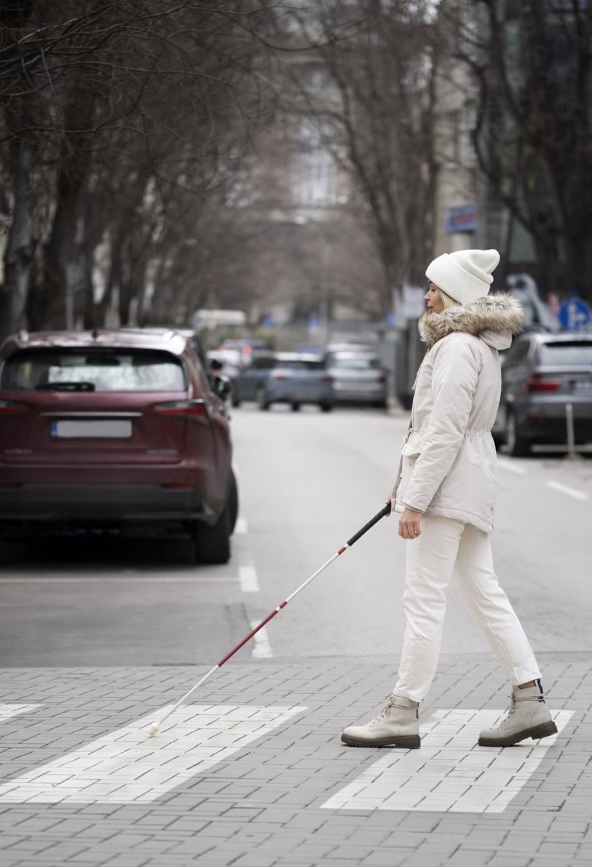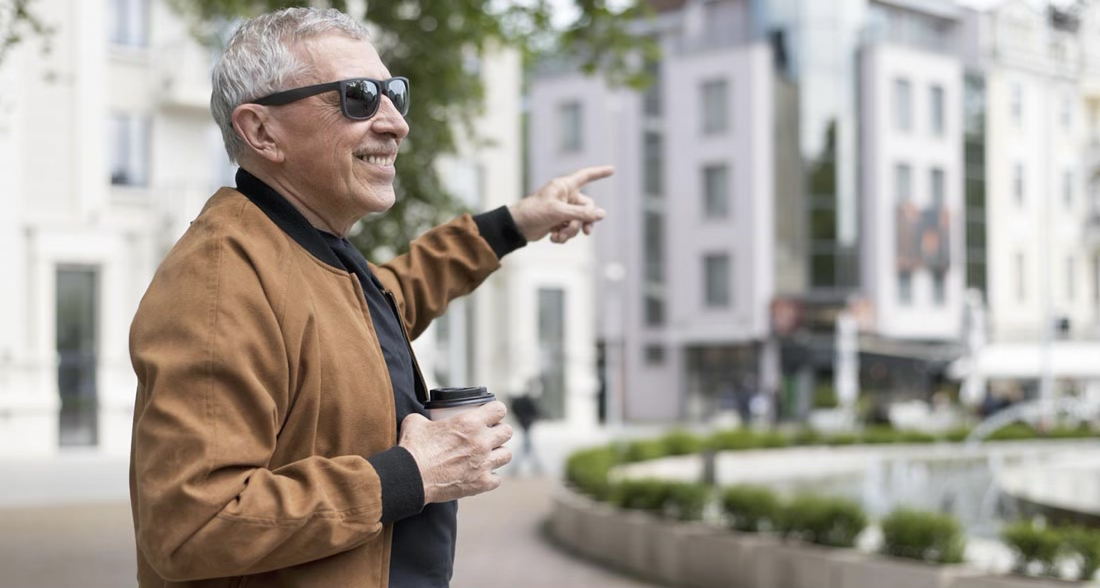Through my work as an accessibility consultant, I'm constantly reminding clients that accessibility is for everyone, not just for people with disabilities. As an older person myself, I really appreciate thoughtful and considerate wayfinding options.
Always one to enhance my knowledge and understanding, I'm taking a short course on Inclusive Mobility for an Ageing Population. It's fascinating overview in Identify the elements that need to be considered in planning and designing cities for ageing populations. A particular interest of mine is public transport.

As global demographics shift and life expectancy increases, one of the most pressing questions for urban planners, policymakers, and communities becomes: How do we ensure mobility remains a right, not a privilege, as we age?
Inclusive mobility is more than just wheelchair ramps or larger signage. It's about reimagining transportation and public spaces through the lens of equity, dignity, and belonging—especially for our ageing population
The Challenge of Ageing in Motion
By 2050, over 1 in 6 people globally will be aged 65 or older. For many, ageing brings reduced physical ability, cognitive changes, or sensory impairments. But mobility doesn't just mean the ability to move—it means access to services, social life, independence, and purpose. Without inclusive mobility systems, older adults risk isolation, exclusion, and diminished quality of life.

Yet many urban environments remain hostile to ageing uneven pavements, confusing transport signage, inaccessible vehicles, or apps that assume digital fluency. The result? A mobility system that unintentionally marginalizes those who need it most.
What Does Inclusive Mobility Look Like?
Inclusive mobility is not a one-size-fits-all solution. It's a layered approach that recognizes the diversity of needs within the ageing population. It looks like:

Step-free access to all modes of public transport, not as a luxury but as a standard.
Benches and rest points along walkways, supporting those with limited stamina.
Crossing junction timing that respects walking speed, rather than penalizing those who move slower.
Simple, high-contrast signage and auditory cues that assist those with visual or cognitive impairments.
Human-cantered digital tools that don't assume tech-savviness, offering alternatives for those left behind by the digital divide.
More Than Infrastructure: A Mindset Shift
Designing for inclusive mobility isn't just a technical exercise—it's a moral imperative. It asks us to challenge assumptions: that mobility is for the young, that "normal" means fast, and that independence must mean driving a car.
It also means inviting older voices into the planning process. Who better to shape ageing-friendly mobility than the people living it?

There's a growing movement of advocates, designers, and organizations who are helping to reframe the narrative. One platform subtly capturing this ethos reminds us: If not me, then who? It's a question that stirs empathy and action. Because ageing is not someone else's problem—it's our collective future.
A Future We All Share
When we design mobility systems that work for the ageing population, we make them better for everyone: the parent with a buggy, the person recovering from surgery, the commuter with heavy bags. Inclusive mobility is universal mobility.
In the end, this is about more than accessibility. It's about connection. Because the ability to move freely through the world is inseparable from the ability to live fully within it.
Let's move forward—together.
Building Audit
